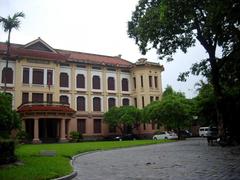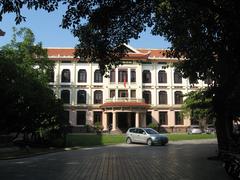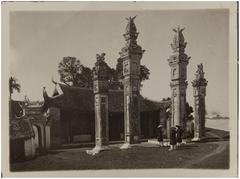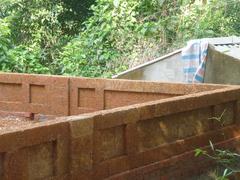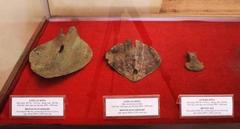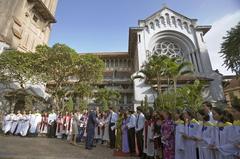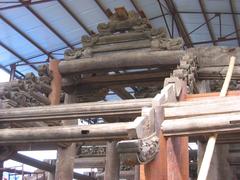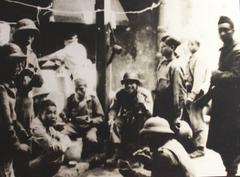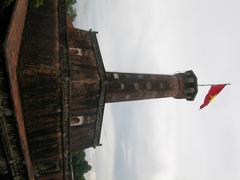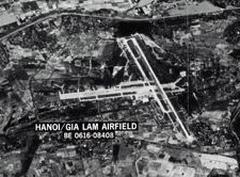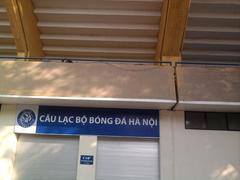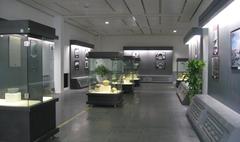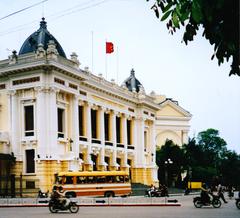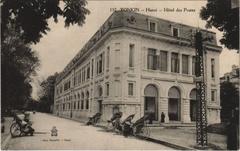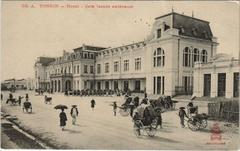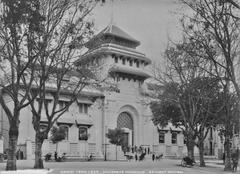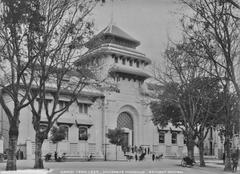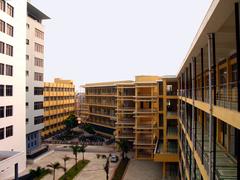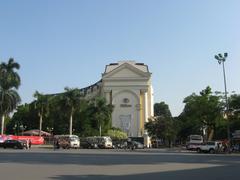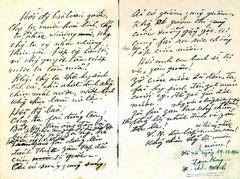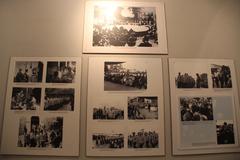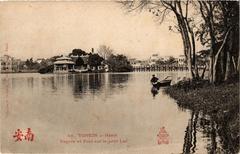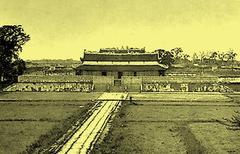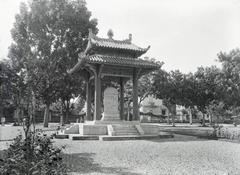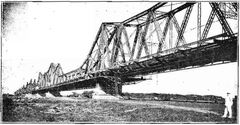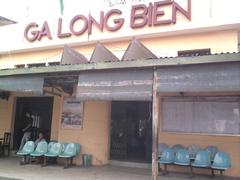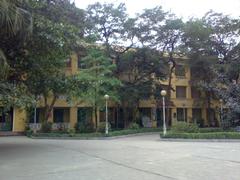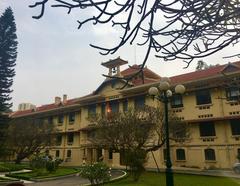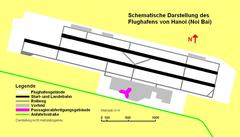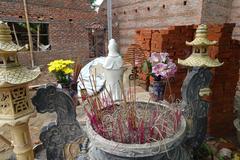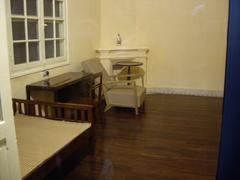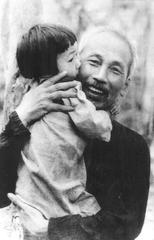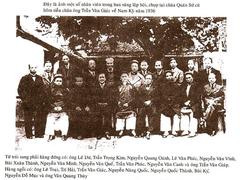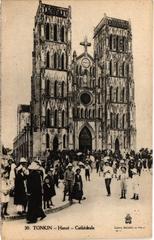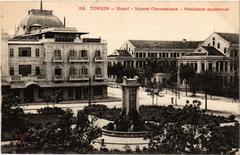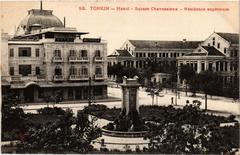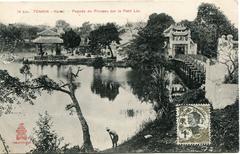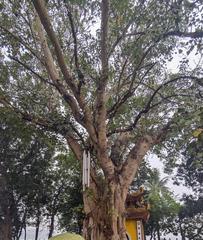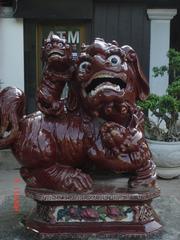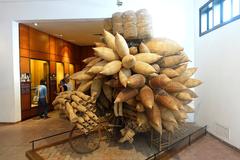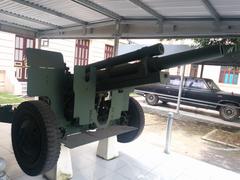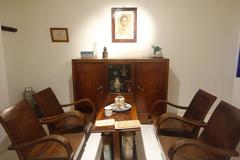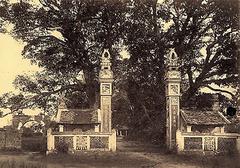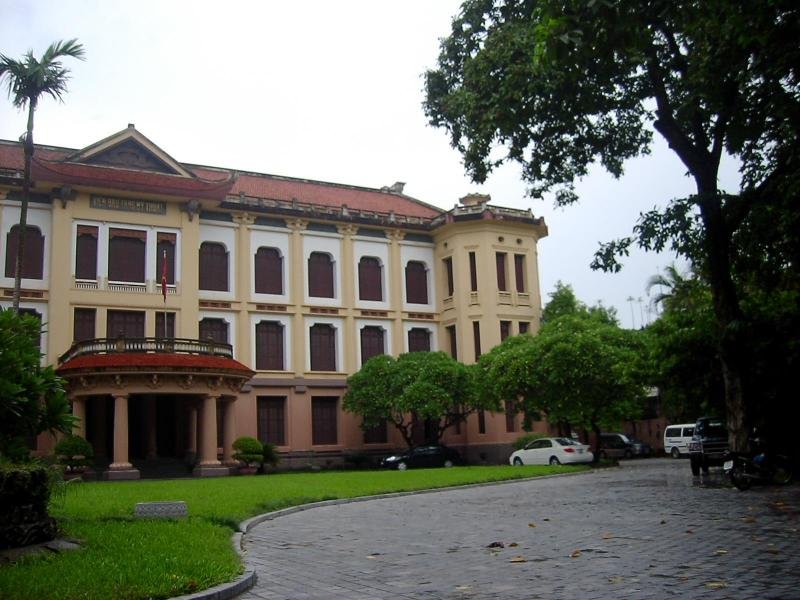
Vietnam National Museum of Fine Arts Hanoi: Visiting Hours, Tickets, and Historical Significance
Date: 14/06/2025
Introduction
Located in Hanoi’s vibrant Ba Dinh District, the Vietnam National Museum of Fine Arts (VNMFA) is a premier institution dedicated to preserving and showcasing the nation’s rich artistic legacy. Established in 1966, the museum’s mission is to collect, conserve, and present Vietnamese visual arts spanning prehistoric times to the present, making it an essential destination for art lovers, history enthusiasts, and travelers seeking a deeper understanding of Vietnam’s cultural heritage.
Housed in a beautifully restored 1930s French colonial building, the museum features the unique Indochine architectural style—blending French elegance with Vietnamese motifs. Its central location at 66 Nguyen Thai Hoc Street, directly opposite the Temple of Literature and close to other Hanoi landmarks, ensures convenient access for visitors.
This detailed guide provides up-to-date information on visiting hours, ticket prices, architectural highlights, collections, visitor facilities, accessibility, and travel tips to help you plan a memorable cultural experience in Hanoi. For the latest updates, consult the official museum website and trusted resources such as Trip.com and Vietnam Travel.
Overview: History, Architecture, and Visitor Guide
Historical Background
The Vietnam National Museum of Fine Arts was founded in 1966 during a pivotal period of national reconstruction. Its initial collection focused on traditional Vietnamese art forms, expanding over the decades to encompass more than 20,000 artifacts representing the country’s artistic evolution—ranging from ancient dynasties and colonial times to modern and contemporary works (Trip.com).
Architectural Heritage
The museum building is a notable example of the Indochine architectural style—a harmonious fusion of French colonial design and Vietnamese aesthetics. Originally constructed in the 1930s as the “École Supérieure des Jeunes Filles” girls’ boarding school, it was adapted in the 1960s for museum use. Key features include ochre-yellow facades, red-tiled roofs, arched windows, and elegant interior woodwork, all of which create a visually appealing and historically significant setting (Vietnam Online).
Modern renovations have introduced climate control, enhanced lighting, and improved accessibility, helping preserve delicate artworks while ensuring visitor comfort (Vietnam National Museum of Fine Arts Official Site).
Cultural Significance
Serving as a custodian of Vietnam’s artistic legacy, the museum’s collection traces the nation’s history through stone carvings, bronze drums, Buddhist sculptures, folk paintings, and 20th-century propaganda art. Educational programs, workshops, and temporary exhibitions foster public appreciation of Vietnamese art and its role in shaping national identity (Trip.com).
Visiting Information
Location and Accessibility
- Address: 66 Nguyen Thai Hoc Street, Ba Dinh District, Hanoi
- Access: Easily reachable by taxi, ride-hailing apps, or public buses. The museum sits opposite the Temple of Literature and near other Hanoi historical sites, making it a convenient stop on any cultural tour (Vietnam Travel).
Opening Hours
- Tuesday to Sunday: 8:30 AM – 5:00 PM
- Closed: Mondays and select public holidays
- Note: Some galleries may close for lunch from 11:30 AM to 1:30 PM (VNITourist)
Ticket Prices
- Adults: 40,000 VND (approx. US$1.80)
- Students and seniors: 20,000 VND (with valid ID)
- Children under 6 and veterans: Free
- Payment: Tickets are sold at the entrance; cash in Vietnamese Dong is preferred
Facilities and Amenities
- Galleries: Bilingual signage (Vietnamese/English)
- Café: On-site for refreshments
- Gift Shop: Art books, prints, and souvenirs available
- Restrooms: Clean and accessible
- Creative Space for Children: Workshops and interactive activities for ages 5–15 (VNITourist)
- Accessibility: Ground floor is wheelchair accessible; upper floors have limited access due to stairs (OneTripWithLocal)
Guided Tours and Audio Guides
- Guided Tours: Available in Vietnamese, English, French, and Chinese
- Audio Guides: “iMuseum VFA” available in multiple languages for a fee (VNITourist)
Collections and Exhibitions
Permanent Collection Highlights
- Ancient and Prehistoric Art: Stone tools, jewelry, and bronze drums from the Đông Sơn culture
- Dynastic Art: Buddhist sculptures, lacquerware, and imperial artifacts from the Ly, Tran, and Nguyen dynasties
- Folk Art: Paintings and sculptures depicting rural life, festivals, and legends
- Modern and Contemporary Art: Works by artists such as Nguyen Gia Tri and To Ngoc Van, including revolutionary and propaganda art
- Ceramics: Chronological displays from the 11th to 20th century
- National Treasures: Nine designated treasures, including wooden statues from the 12th to 14th centuries
Temporary Exhibitions
Regularly updated exhibitions spotlight Vietnamese and international artists, fostering cross-cultural dialogue and showcasing emerging talent.
Visitor Tips and Experience
- Recommended visit duration: 1.5 to 2 hours to explore both permanent and temporary exhibitions
- Best time to visit: Weekdays and mornings to avoid crowds
- Nearby dining: Numerous cafes and restaurants within walking distance
- Photography: Allowed without flash or tripods; check for restrictions on special exhibits (VNITourist)
- Security: Bag checks and lockers available for larger items
- Wi-Fi: Free in public areas
Nearby Attractions
Enhance your cultural itinerary by visiting these sites close to the museum:
These locations, along with the museum, provide a comprehensive view of Hanoi’s historical and cultural landscape.
Frequently Asked Questions (FAQ)
Q: What are the museum’s opening hours?
A: Tuesday to Sunday, 8:30 AM to 5:00 PM; closed Mondays and public holidays.
Q: How much are the tickets?
A: 40,000 VND for adults, 20,000 VND for students/seniors, free for children under 6 and veterans.
Q: Are guided tours available?
A: Yes, in Vietnamese, English, French, and Chinese. Audio guides are also available.
Q: Is the museum wheelchair accessible?
A: The ground floor is accessible; upper floors have limited access.
Q: Can I take photographs inside?
A: Photography without flash is permitted; tripods are generally not allowed.
Conclusion
The Vietnam National Museum of Fine Arts offers a captivating journey through the nation’s artistic and cultural legacy. With its impressive collections, engaging exhibitions, and accessible amenities, it stands as an essential destination for anyone seeking to understand Vietnam’s rich visual heritage. Plan your visit to enjoy insightful tours, dynamic exhibits, and the chance to combine your experience with other notable Hanoi historical sites.
For the latest information, consult the official museum website, and enhance your visit with the Audiala app for audio-guided tours and exclusive content.
Further Reading & Official Sources
- Trip.com - Vietnam National Museum of Fine Arts: History, Architecture, Visiting Hours, Tickets & Travel Tips
- Vietnam Tourism - Vietnam National Museum of Fine Arts Hanoi: Visiting Hours, Tickets & Cultural Highlights
- Uncover Vietnam - Vietnam National Museum of Fine Arts Hanoi: Visiting Hours, Tickets & Key Exhibits
- Vietnam Travel - Visiting Hours, Tickets, and Guide to Hanoi’s Historical Site
